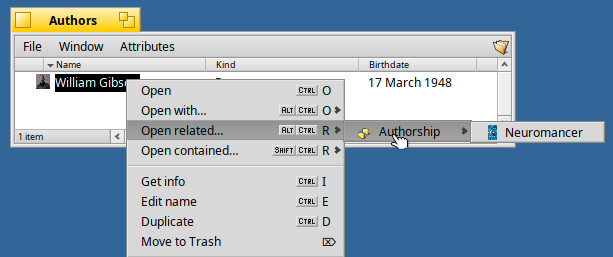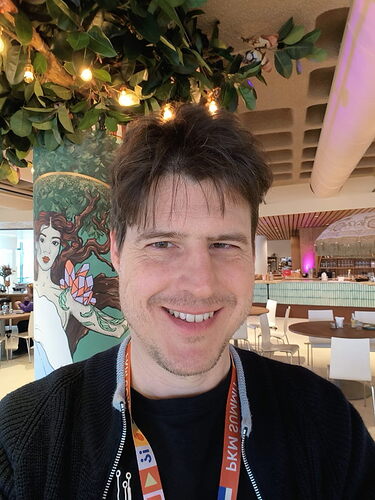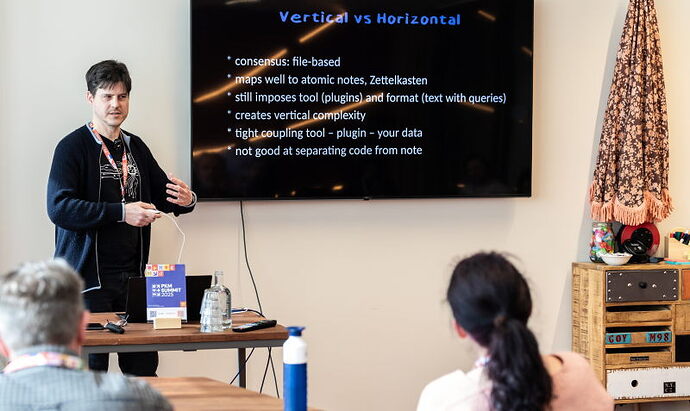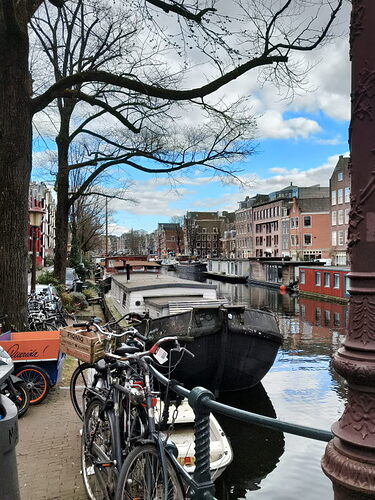For the second time, I decided to travel from cosy Vienna, where already spring was knocking on the door, to wintery Utrecht for the PKM Summit 2025, an annual event on personal knowledge management (PKM) - last year was the inaugural summit where I also took part in.
Have a look at the gallery to get a sneak peek into the conference - it’s a nice and cosy event with max 200 participants, very personal and relaxed, not a business type conference with suits and sales talk, but the real stuff: nerds, knowledge enthusiasts, writers, readers, and everthing inbetween.
Here’s my presentation in slightly revised form, hope you enjoy. Full video recording (courtesy of my new friend Jan Lunge, who helped me with infrastructure and works on a like minded project) coming soon.
Last year I was going cheap and took the night train (getting too old for this) - this year however, since they cancelled the direct train connection, I decided to shell out the extra cash and take a flight with Austrian Airlines (some patriotism is in order, even if it’s all Lufthansa now;-) to Amsterdam, then just a small train ride along the canal to Utrecht.
This gave me some extra time to finish the demo and work on my presentation up until 1am in the morning of my presentation day - felt like in the good old student days;-)
Staying at the Bunk hotel is always a pleasure - it’s like a Japanese pod hotel on steroids, more like a luxury youth hostel, all clean, quiet and ample space, but very affordable (for Utrecht standards). There are also more classic rooms available if you are willing to pay the premium.
The hotel itself is a rearchitected church (!) and just looks awesome, with a bar and restaurant in the main hall:
The hotel is also near the event location and train station, which is an architectural jewel:
But back on topic - I think Haiku is the ideal environment for this and the PKM crowd - still very tool-centric and attached to complex text based editor/plugin stacks like Obsidian - could really profit from Haiku’s elegant, functional, efficient, data-centric and user-centric design. They don’t even have to leave their beloved tools behind but can work in a better environment that was designed for this, even from a USB drive. I pushed the metaphor of a “cabin in the woods” where you withdraw from all the noise and focus on writing, sense making and knowledge generation.
I wrote a post on the SEN Substack about the differences between SEN as an infrastructure, and existing PKM tools that are more like an isolated stack, despite their text based formats. I will put the slides online later today, so here comes just a short recap of how it went and how Haiku/SEN was received:
I was really lucky with the scheduling of talks - or the organisers showed some real insight here. Right before my talk, in the same room even, a well known domain expert, Larry Swanson, held a good talk on the semantic web and personal ontologies, which is also a big influence for SEN and maps well to Haiku’s native object-like filetypes (based in turn on MIME types).
I could take it right from there and introduce Haiku+SEN as an environment that enables people to have all the power of ontologies right on their desktop, in a simplified and use case based form.
It is always hard to pitch SEN and to explain what it is about, when people have no clue how brilliant Haiku is and what they are missing out…
So I always have to strike a balance between explaining what is so special about it and why it matters, why SEN is built on top of it, and what advantages it brings to personal knowledge management.
In the end, the talk went really well and people seemd to have at least grapsed the concept and possibilities, but would not yet use it in their own PKM work.
I had some pretty interesting conversations though and already a small group of nerds who really want to check it out.
One guy, Jan Lunge, was even working on a similar vision but with a web/app based take, and was kindly helping me out and also recording the session (link to follow).
The demo I was working on until last minute and which they really liked was a library of my personal PKM book collection with metadata lookup from OpenLibrary, triggered via an additional “Enrich” menu item in Tracker. ISBN, Subjects, page count, publisher and author is then added to an empty book entity (filetype entity/book). The cover image is separately retrieved and stored as file icon. Looks like calibre without the bloat:)
The author’s metadata is then separately retrieved and again stored in an empty Person file, with birthdate etc., and the author’s photo as icon.
Lastly, a SEN relation is created so you can navigate from Author to Book and vice versa.

Then I showed them how they can look up books via ISBN or Subjects, and created a live query for all books on the subject of information… blew their minds:)
Imagine most of it existed already in 1997, what a shame for the industry, and primarily Microsoft, but I digress.
A nifty feature of SEN is also support for self relations (inward / reflexive), so you can navigate inside a document. Tracker/SEN shows this as “Contains” relations, and to top it off you can actually follow the link to the handling application, and if SEN has a supporting Navigator, it will navigate to the relation target inside the document, e.g. the page in the PDF the bookmark points to:
This is the SENSEI module I am actively working on now (Structure Extraction, Semantic Enrichment, Navigation and Identification). I have self-relation and navigation support for source files (Include dependencies), and Enrichment for books using OpenLibrary data, more to follow (e.g. DOI/ISSN lookup and paper metadata including references).
Stay tuned, and if you like what you see and read, please consider supporting the project (I don’t get any funding or support currently, doing this on my personal expense):
SEN Labs · GitHub (Sponsor button)
or subscribe to my Substack blog/newsletter.
All source is on Github and substack content is free, but support will keep the project (and me;-) alive.
Finally, let me end this extensive write-up with a Haiku on SEN delivered by Grok (I have to admit that xAI/Grok is pretty darn good for rubber ducking and peer review…):
PS: Take the screenshots with a grain of salt, all is still in flow and I will adapt some things in the coming days and weeks.









